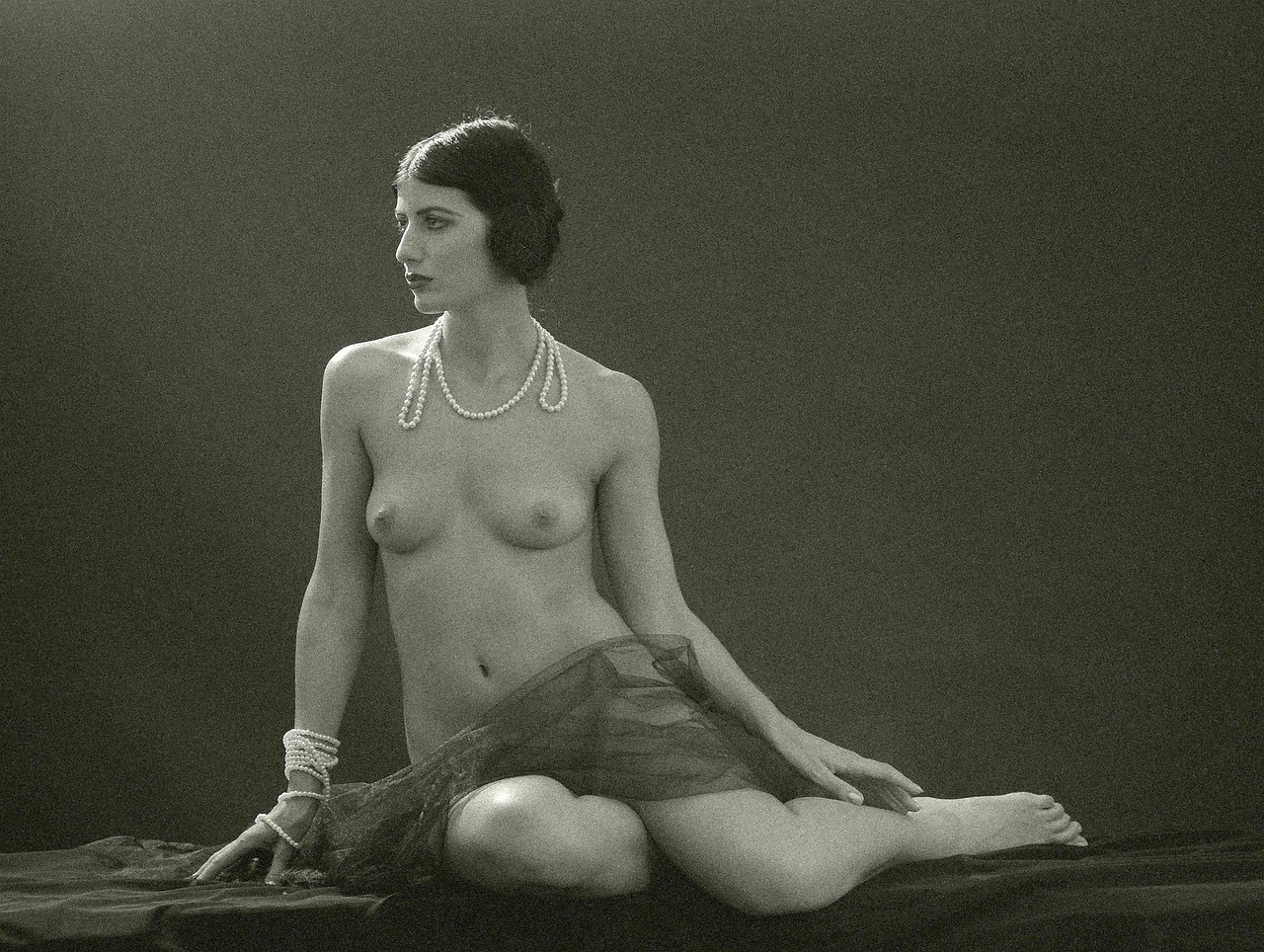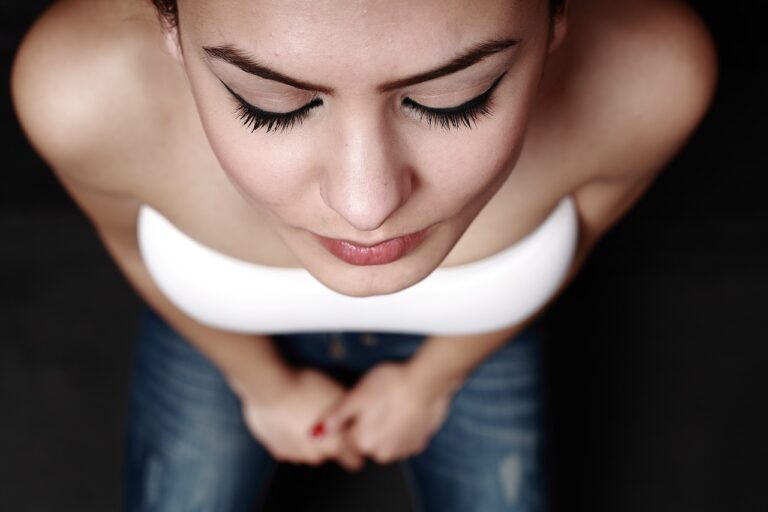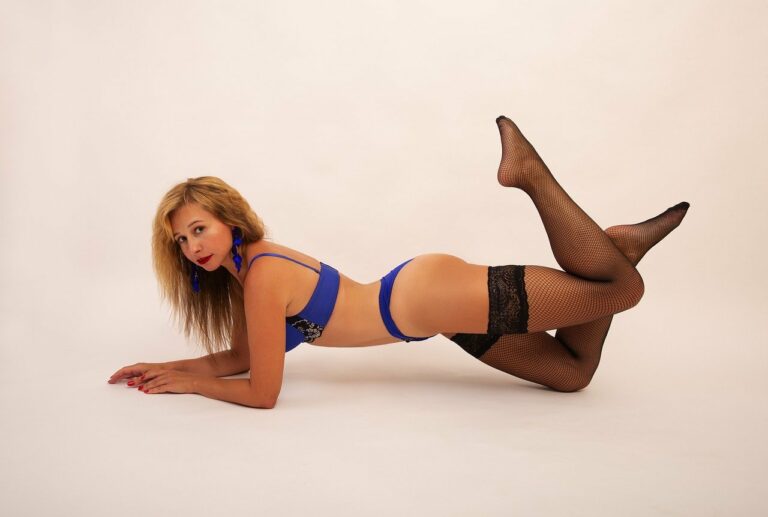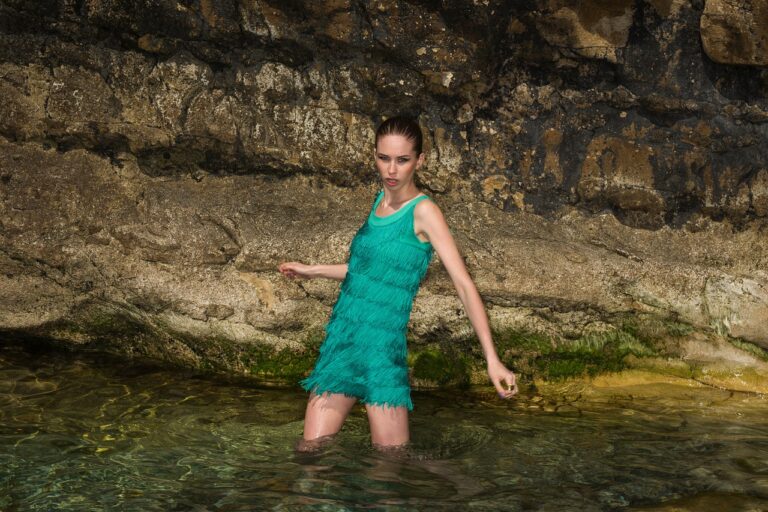Fashion and History: The Evolution of Clothing Trends Through the Ages
Ancient civilizations have left behind a rich legacy of clothing trends that have fascinated historians and fashion enthusiasts alike. One of the most iconic garments of ancient times is the toga, worn by the citizens of ancient Rome. This rectangular piece of cloth, draped over the body in a distinctive manner, was not just a symbol of Roman citizenship but also a reflection of social status and occasion.
Additionally, tunics were a staple in the wardrobes of many ancient cultures, including the Greeks and Egyptians. These simple, sleeveless garments were typically made from lightweight fabrics such as linen or wool, making them ideal for the warm climates of the Mediterranean region. Tunics could vary in length and style, with different designs denoting the wearer’s gender, class, or profession.
Medieval Fashion: Knights, Ladies, and Peasants
During the medieval period, the clothing worn by knights was not only functional but also a symbol of their status and power. Knights often donned suits of armor made from metal plates, chainmail, and leather, providing both protection in battle and a majestic appearance. Their attire showcased elaborate designs and intricate craftsmanship, often adorned with heraldic symbols and colors representing their noble lineage. In addition to their armor, knights would wear tunics, cloaks, and surcoats displaying their coat of arms, further emphasizing their rank on the battlefield and in society.
While knights were known for their imposing armor and battle attire, medieval ladies opted for more elegant and ornate garments to signify their social standing. Women of nobility wore dresses made from luxurious fabrics such as silk, velvet, and brocade, intricately embellished with embroidery, pearls, and precious gemstones. Their attire included close-fitting bodices with wide skirts, often complemented by elaborate headwear like wimples, veils, and intricate headdresses. These lavish outfits not only showcased their wealth but also adhered to the strict clothing regulations of the time, symbolizing their virtue and refinement in medieval society.
Renaissance Elegance: Corsets, Ruffs, and Doublets
During the Renaissance period, corsets were a prominent fashion staple among women. These tight-fitting undergarments were designed to accentuate the waistline and create a desirable hourglass figure. Constructed using whalebone or metal boning, corsets were laced up at the back to provide support and shape to the wearer’s torso, often becoming a symbol of femininity and beauty.
In addition to corsets, ruffs were another popular fashion accessory seen during the Renaissance era. Ruffs were elaborate collars that encircled the neck and were typically made of fine linen or lace. Worn by both men and women, ruffs were intricately pleated or fluted to create a voluminous and decorative appearance, adding a touch of elegance and extravagance to an outfit.
• Corsets were tight-fitting undergarments designed to accentuate the waistline
• Constructed using whalebone or metal boning for support and shape
• Laced up at the back to provide a desirable hourglass figure
• Ruffs were elaborate collars made of fine linen or lace
• Intricately pleated or fluted to create a voluminous and decorative appearance
• Worn by both men and women during the Renaissance era
What were some common clothing trends in ancient times?
In ancient times, people wore togas and tunics as part of their everyday attire.
What were some popular fashion choices during the medieval period?
During the medieval period, knights wore armor, ladies wore long dresses, and peasants wore simple clothing.
What defined the fashion of the Renaissance era?
The Renaissance era was characterized by elegant corsets, elaborate ruffs, and tailored doublets.
Were corsets, ruffs, and doublets worn by both men and women during the Renaissance?
Yes, corsets, ruffs, and doublets were worn by both men and women during the Renaissance period.
What materials were commonly used in the making of corsets, ruffs, and doublets during the Renaissance?
Silk, velvet, and brocade were commonly used materials for making corsets, ruffs, and doublets during the Renaissance.







